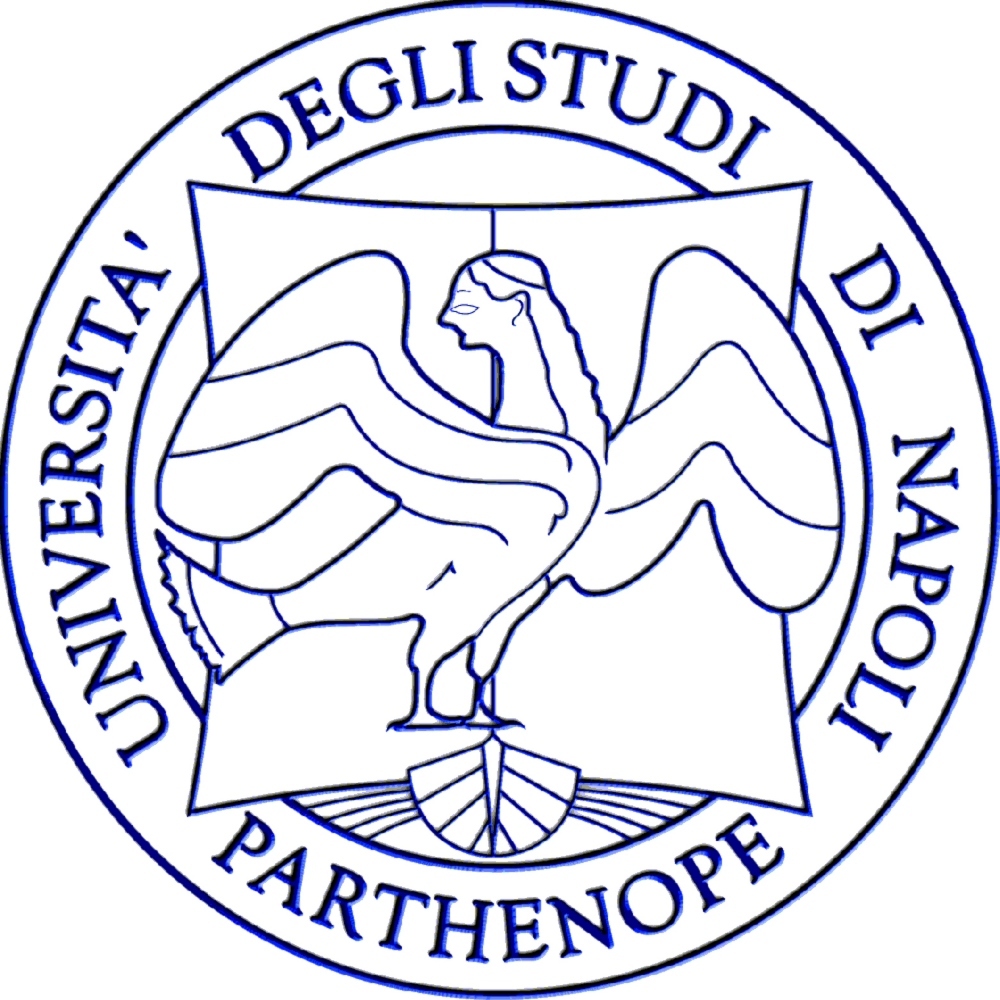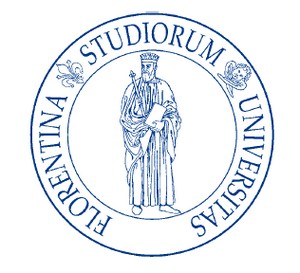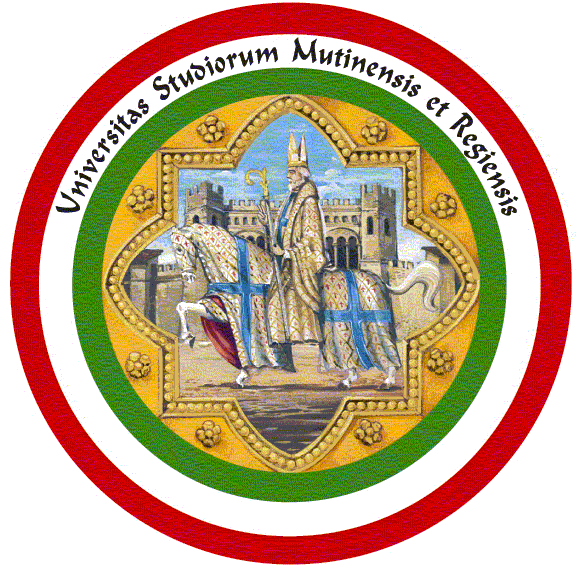Speakers
Roberto Baldoni, Sapienza University of Rome
Information Sharing for the Financial IT Critical Infrastructure: the case of collaborative securityThe goal of this talk is to analyze autonomous computing platforms as the means to enable cross-organizational information and resource sharing within the financial sector without compromising the individual institutions security, privacy, and other constraints. We investigate the structure of a financial infrastructure, its vulnerabilities to cyber attacks and the current countermeasures, then we show advantages in sharing information among financial players to detect and react more quickly to cyber attacks. We demonstrate the viability of an Information Sharing approach from an ITC perspective by exploring how massive amounts of information being made available through a sharing mechanism can be leveraged for creating defense systems capable of protecting against globally scoped cyber attacks in a timely fashion.
Andrea Bondavalli, University of Florence
Model based resilience assessment of critical information infrastructuresThe quantitative evaluation of dependability, and resilience of complex systems, has always been and remains a critical issue. The complexity of the models used is a very critical problem that needs to be addressed very carefully. Complexity depends on several factors: the measures to be evaluated, the detail level of the model, the stochastic dependencies among the components, the dynamicity and heterogeneity of the network conditions, the mobility of the actors, the large number of components and scenarios. The lecture provides an overview on some examples on how to tackle such problems. The target systems include large-scale critical infrastructures, and mobile distributed systems belonging to different domains, like telecom, automotive and energy. The lecture concludes with some remarks on the open research challenges in model-based resilience assessment, based on the lesson learned and on the roadmapping activities carried out within the EC AMBER Coordination Action.
Michele Colajanni, University of Modena and Reggio Emilia
Cyber-attacks against a physical world moving onlineIn the physical world, attacks are extremely difficult and do not scale. Moreover, they require high investments, and the presence of the attacker(s) that pose their lives at high risks. On the other hand, cyber-attacks can exploit vulnerabilities in an automated way from remote areas with few efforts and limited costs. As the physical world is moving online, and digital networks and software are pervading critical infrastructures, it is important to be aware of the real risks and the severe impacts of cyber-attacks. The lecture will present also some feasible measures for resilience and security based on architectural designs and computational models that actively contribute to control and protection of interconnected infrastructures despite the possible presence of untrusted components.
Giuseppe De Pietro, Consiglio Nazionale delle Ricerche (CNR)
The Italian Infrastucture for EHR: the InFSE ProjectThe talk will be about the contribution of the CNR in the development of the Italian tecnological Infrastructure to handle Electronic Health Records.
Ricardo Jimenez Peris, Technical University of Madrid
Applying CEP to security: Scaling SIEMs
Corrado Leita, Symantec Research Labs
A data-driven approach to generate threat intelligenceThe threat landscape is continuously evolving. Large, widespread worm infections are leaving more and more space to more stealthy attacks targeting highly valuable targets. These targets include more and more often Industrial Control Systems as shown by statistics worldwide: according to a recent survey (http://bit.ly/bka8UF), 53% of a total of 1580 critical infrastructure industries have admitted to being targeted by cyber attacks. The few publicly disclosed incidents, such as Stuxnet, show a completely different level of sophistications when compared to traditional malware witnessed in the wild in previous years. A full understanding of the threat landscape and of its evolution requires us to start from empirical data, in an attempt to "know our enemy" to improve our ability to protect critical environments from these highly sophisticated and stealthy threats. The Worldwide Intelligence Network Environment (WINE) is an ongoing project at Symantec Research Labs for sharing comprehensive field data with external researchers. WINE includes data, collected worldwide from Symantec's operational sensors, that covers the entire lifecycle of cyber threats. The lecture will show through a set of examples the usefulness of the data put at your disposal to gather meaningful intelligence on ongoing threats and on their characteristics, and will provide information on the process that has been put in place for any researcher interested in having access to this environment.
Rui Oliveira, University of Minho
CumuloNimbo: A Highly Scalable Transactional Multi-Tier Platform as a ServiceCumuloNimbo will deliver a new generation of cloud Platforms as a Service (PaaS) that will provide consistency, availability, and simpler programming abstractions, such as transactions. Current practices in cloud computing sacrifice data consistency for scalability, thus increasing the complexity of building applications on top of such platforms when strong consistency guarantees are necessary. CumuloNimbo will progress beyond the state of the art by providing simultaneously high scalability, data consistency and ease of programming. It will do so by architecting and developing a highly scalable, transactional multi-tier PaaS deployable in both private and public clouds. It will adopt a radically novel approach based on the deconstruction of the application server and database functionality as well as the communication and storage infrastructure, and scaling each of the resulting subsystems independently in a composable manner.
Nuno Neves, University of Lisboa
Critical Infrastructures go to the Internet: How to Protect Them?Critical infrastructures have evolved over the past decades to become largely computerized and interconnected all over the world. This generated the problem of achieving resilience of critical information infrastructures against computer-borne attacks and severe faults, similar to those observed in the Internet. In this talk, we discuss how to minimize these problems through adequate architectural constructs, and we will focus on the design of a hierarchy of protection devices called IPS (from Information Protection Switches) and on a communication infrastructure called REB (from Resilient Event Bus). Generically, a CIS is a device resembling a distributed application-level firewall, with a rich access-control model, that operates correctly even if an attacker intrudes in some of its components. The REB is used to provide timely and secure communication among the IPS, and is built as an overlay network. We show the applicability of these constructs in the context of two scenarios, a traditional electric power infrastructure and a SIEM system.
Luigi Romano, University of Naples Parthenope
Enhancing SIEM technology for protecting Critical InfrastructuresIn the last two years coordinated and targeted cyber attacks have been conducted against critical infrastructures rising to an unprecedented level of sophistication. While this is dangerous for every critical infrastructure, it becomes especially scaring when targets of attacks are safety critical infrastructures, that is those infrastructures whose failure may result in death of hundreds or thousands of people, as well as serious damages to the environment. The current SCADA technology is not able to cope with malicious attacks, since it was not designed with security in mind. Protection from malicious attacks must be provided by additional technology, which must be integrated with the existing SCADA system in a seamless way. This talk presents an approach for enhancing current SIEM technology so to make it suitable for the protection of Critical Infrastructures.
Stefano Russo, University of Naples Federico II
Software Architectures for Critical InfrastructuresSoftware is a relevant part of any modern critical infrastructure. The topic of software architectures (SA) has gained attention since the '90s in the scientific community, mainly focusing on architectural styles, architectural patterns, definition of languages to describe SAs (ADL), methodologies for evaluating SAs. An international standard has been released a decade ago (ANSI/IEEE 1471) in the field of SA. The topic is now gaining increasing attention from an industrial perspective in the area of critical infrastructures. For instance, companies such as system integrators that are in the market of mission-critical systems (air traffic control, homeland security, homeland defense, etc) are looking at the area of SA while defining their software processes for building more and more complex integrated systems, with the aim of increasing reuse and meeting the severe non-functional requirements (including reliability, availability, security, real-time). This talk will survey key issues related to software architectures: architectural styles, patterns, processes, standards, documentation, evaluation.
Luca Simoncini, University of Pisa
Can we Justifiably Trust the Resilience of Socio-Technical Complex Systems of Systems?The seminar presents my view on the limitations of statistical evaluation methods for providing meaningful numerical measurements when dealing with socio-technical complex systems of systems. I discuss the need to rethink many, if not all, aspects of the current design and evaluation paradigms when addressing the design, deployment, governance and operation of pervasive, ubiquitous systems that manage sensitive information with a huge multitude of untrained users in changing environments. The main focus is on the impossibility of anticipating situations and events that we are completely ignorant-or unaware-of in terms of their existence, likelihood, manifestation and consequences. The seminar stresses the need for a multi-view resilience-centred holistic approach based on multi-disciplinary experiences. It provides also some common sense suggestions on what can be done.





